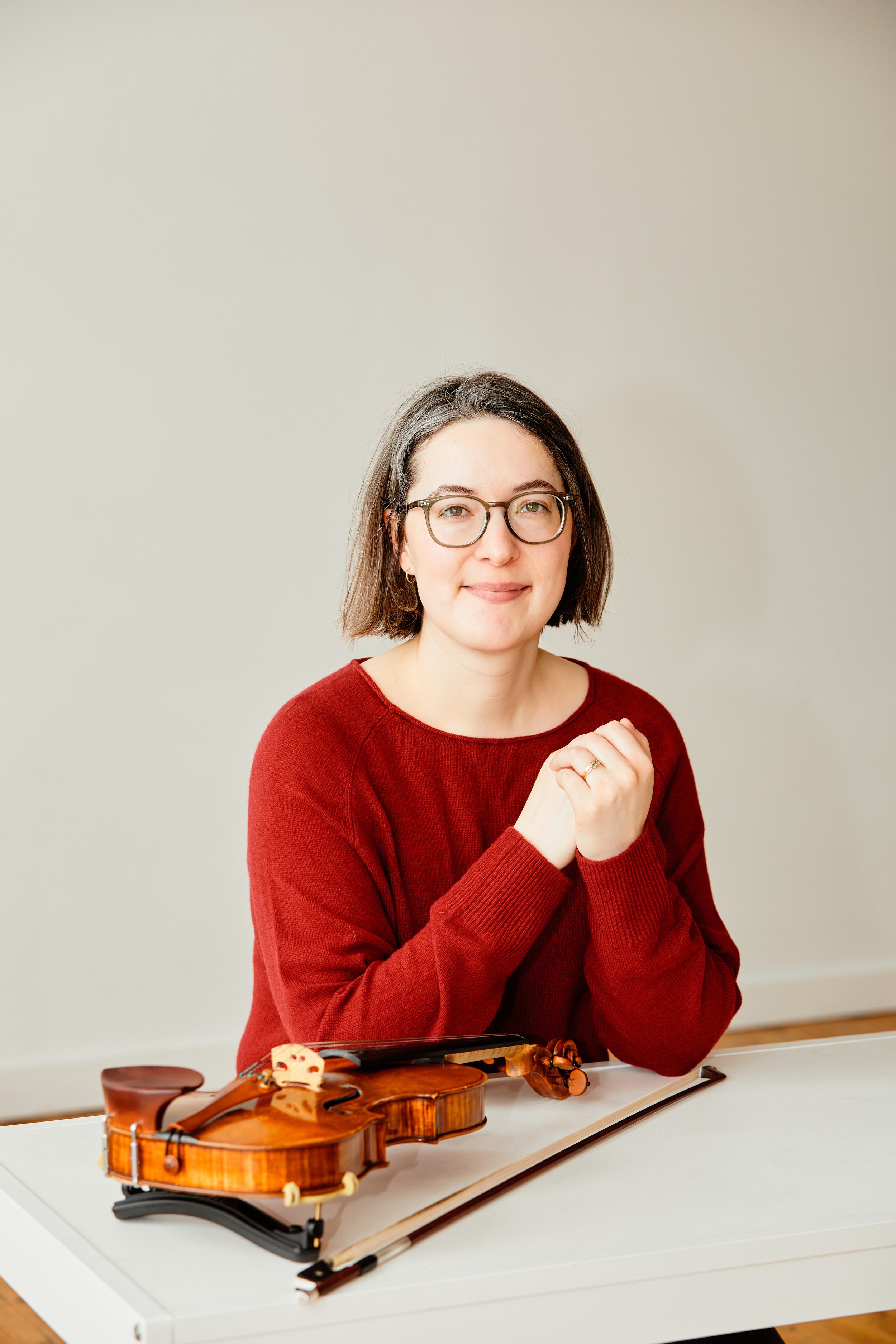Practice Tips and Tools
Putting a little thought into the logistics of practicing and the practice tools you use makes a world of difference! Practice can happen spontaneously, but it almost always requires some preparation and structure. (And it is absolutely normal for younger students to need a LOT of preparation and structure)
Practice Time + Location
If you are able, try out a few different practice times within a day and pick your favorite. I find that younger students often do well practicing early in the day (before school). Regardless of the time of day you settle on, I always recommend that practice happens before free-time activities commence and that you avoid practicing on an empty stomach!
This might seem obvious, but it’s also worth considering where you practice! The main point is to pick the quietest spot with the least possible distractions. A space that’s big enough that you don’t feel cramped, but small enough to stay grounded in one spot is ideal! I really like having young students stand on a small rug when practicing—defining their space in this way can be hugely helpful.
Listening equipment
Always have the recording of your current piece(s) accessible to you when practicing. This could be on a computer, phone, or other digital listening device, or on a CD or record player.
Practice guide/notes
You will need notes from your child’s lesson (or your own lesson) to guide practice time. Get a lesson notebook that you can easily tuck into a violin/viola case or music bag. It can be very useful to jot down notes while practicing, so keep a pencil nearby, too!
I also recommend having a standard review chart posted in your practice space; this is a great way to structure the review + refresh part of your practice (and following a review structure eliminates the time and energy it takes to pick your review pieces each day, they’re already picked for you!)
Tuner, Music Stand, Metronome
Very young students won’t need a music stand or metronome yet, but everyone needs a good tuner (or tuner app) to get their instrument tuned at the beginning of practice! See this resource page for recommendations
Practice aids, toys, etc.
There are SO many things that can be used as practice aids—and your mileage may vary for any and all of them. Here are a few that I’ve found work pretty consistently: (some of these work especially well for young students, but many can be useful for any practicer!)
Bead counter, pennies, loose beads, dry beans, or anything else that you can move from one spot to another to keep track of completed tasks or numbers of repetitions
Dice (roll them to see how many times you’ll repeat something! I like to use 20-sided dice, but really any kind works)
Sand timers (I like these because they give a general sense of how much time has passed without the temptation to stare at a clock or check a device; you can also use shorter sand timers to keep track of specific practice segments—i.e. ‘we’ll work on this skill for 3 minutes, when the timer is up, we’ll move on’)
Small toys/finger puppets (can balance on instruments as a posture aid, be an ‘audience,’ or even ‘offer feedback’ if it’s easier to hear advice from a cute little finger puppet than from a practice parent:) )
Small selection of colorful legos or blocks (great for making a visual representation of the structure of a piece)
Small white board (for making a practice list and checking things off as you go)
Pencils, colored pencils, good eraser, and highlighter tape (mainly for students who are comfortably reading music and need to make notes directly in their music)






